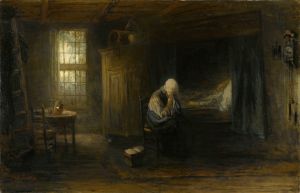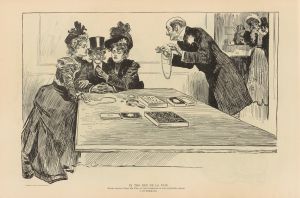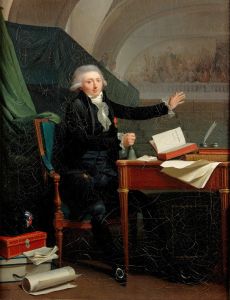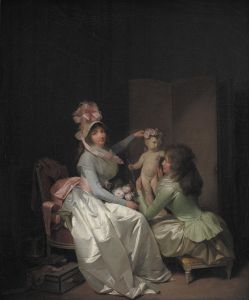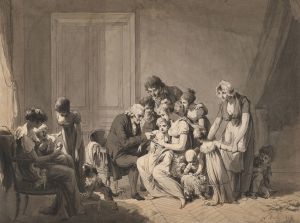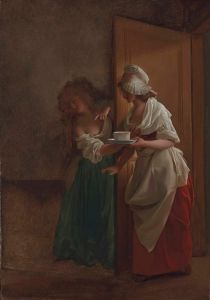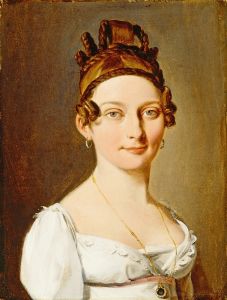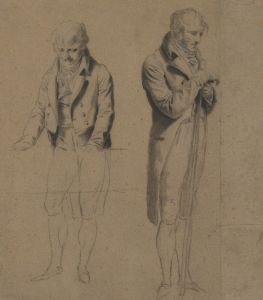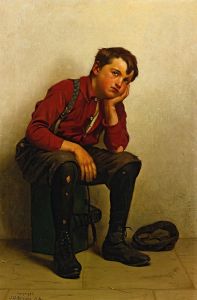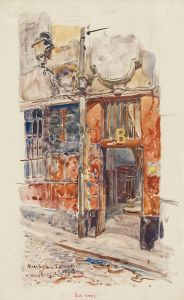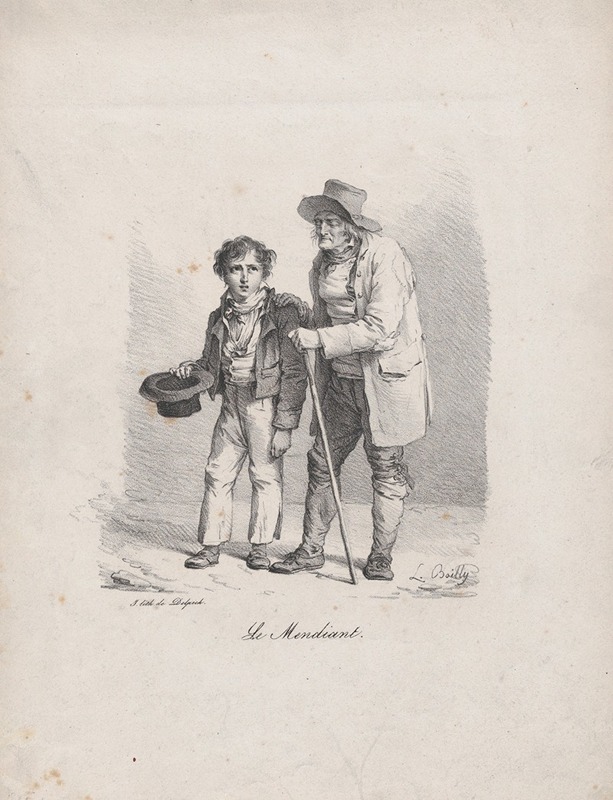
The Beggar
A hand-painted replica of Louis Léopold Boilly’s masterpiece The Beggar, meticulously crafted by professional artists to capture the true essence of the original. Each piece is created with museum-quality canvas and rare mineral pigments, carefully painted by experienced artists with delicate brushstrokes and rich, layered colors to perfectly recreate the texture of the original artwork. Unlike machine-printed reproductions, this hand-painted version brings the painting to life, infused with the artist’s emotions and skill in every stroke. Whether for personal collection or home decoration, it instantly elevates the artistic atmosphere of any space.
Louis Léopold Boilly's painting The Beggar is a notable work by the French artist, who was renowned for his detailed and often intimate depictions of everyday life during the late 18th and early 19th centuries. Boilly, born in 1761 in La Bassée, France, was a prolific painter and lithographer whose career spanned the tumultuous periods of the French Revolution, the Napoleonic era, and the Bourbon Restoration. His works often captured scenes of urban life, portraiture, and genre painting, showcasing his keen observational skills and technical precision.
The Beggar exemplifies Boilly's ability to portray human emotion and social realities with sensitivity and realism. The painting depicts a solitary figure, a beggar, whose worn clothing and weary expression convey a sense of hardship and poverty. Boilly's attention to detail is evident in the textures of the fabric and the nuanced rendering of the subject's face, which evoke empathy from the viewer. The composition is intimate, focusing closely on the figure, which draws attention to the individual humanity of the subject rather than treating the beggar as a mere symbol of poverty.
Boilly's work often reflected the social dynamics of his time, and The Beggar can be seen as part of a broader tradition of genre painting that sought to document the lives of ordinary people. This approach was particularly significant during a period of significant social and political upheaval in France, as artists grappled with themes of inequality, class, and the human condition. While Boilly is perhaps best known for his depictions of bustling Parisian street scenes and bourgeois interiors, works like The Beggar demonstrate his versatility and his ability to address more somber and reflective themes.
The exact date of The Beggar's creation is not definitively documented, but it is consistent with Boilly's broader body of work, which often explored themes of social observation and human emotion. The painting is an example of his mastery of light and shadow, which he used to create depth and focus within his compositions. Boilly's skillful use of chiaroscuro enhances the three-dimensionality of the figure and underscores the emotional weight of the scene.
Today, Louis Léopold Boilly is regarded as an important figure in French art history, and his works are held in major collections around the world, including the Louvre Museum in Paris. While The Beggar may not be as widely recognized as some of his other pieces, it remains a testament to his ability to capture the complexities of human experience with both technical precision and emotional depth.







